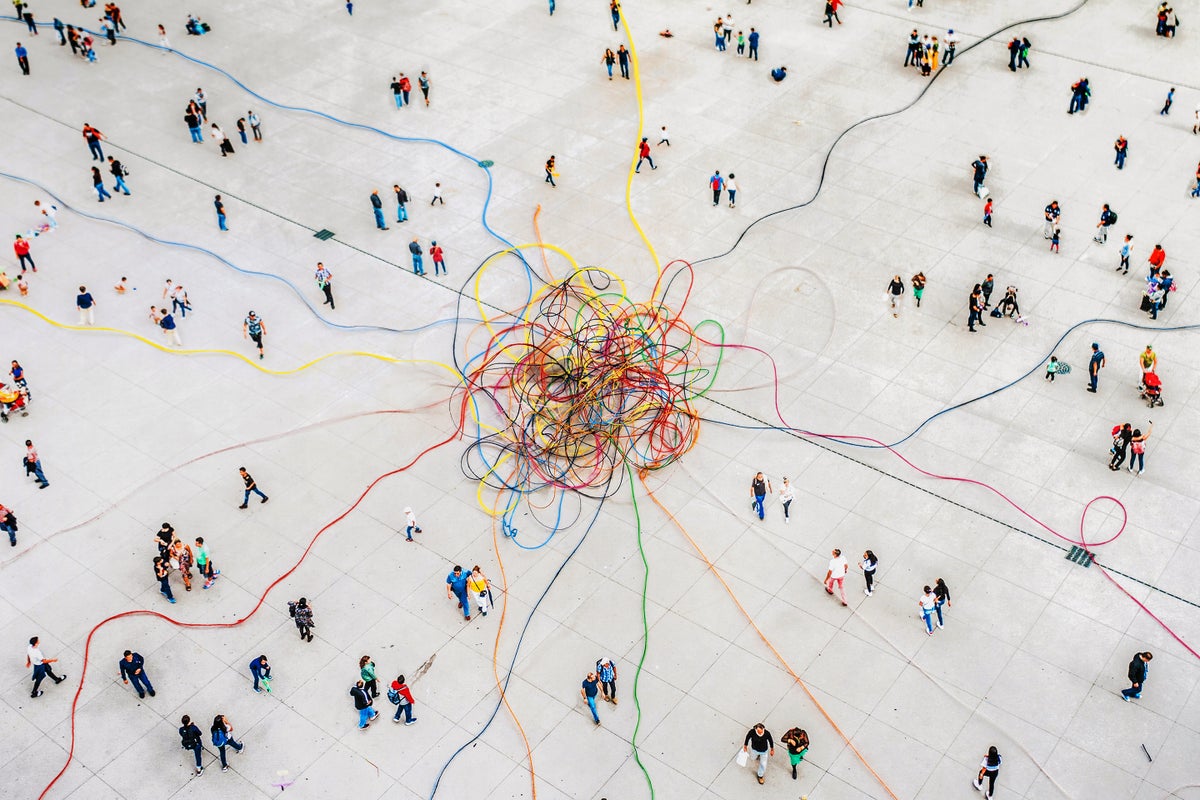
"In crowded pathways, humans naturally form lanes, but during peak times like crosswalks, order can rapidly devolve into chaos, highlighting the complexity of crowd behavior."
"Mathematicians identified a critical angle of 13 degrees that contributes to the transition from orderly movement to standstill in crowded situations, such as during rush hour."
"The study reflects real-life crowd dynamicsâpeople aim for different destinations and possess free will, causing lanes to form and shift based on individual goals."
"Understanding how crowds move is not merely academic; it impacts safety and urban planning, making it crucial for managing events with heavy foot traffic."
Mathematicians have explored how humans navigate in crowds, forming orderly lanes that can devolve into chaos during peak commute times. This research identifies a critical movement angle of 13 degrees, which plays a pivotal role in crowd dynamics. By simulating these conditions in a gym setting, researchers tracked individuals as they moved to assess their interactions. While theoretical models present humans as ideal particles, real individuals diverge in goals and behaviors, significantly influencing crowd order. This understanding is vital for effective crowd management in various contexts, like public transport or events.
Read at www.scientificamerican.com
Unable to calculate read time
Collection
[
|
...
]